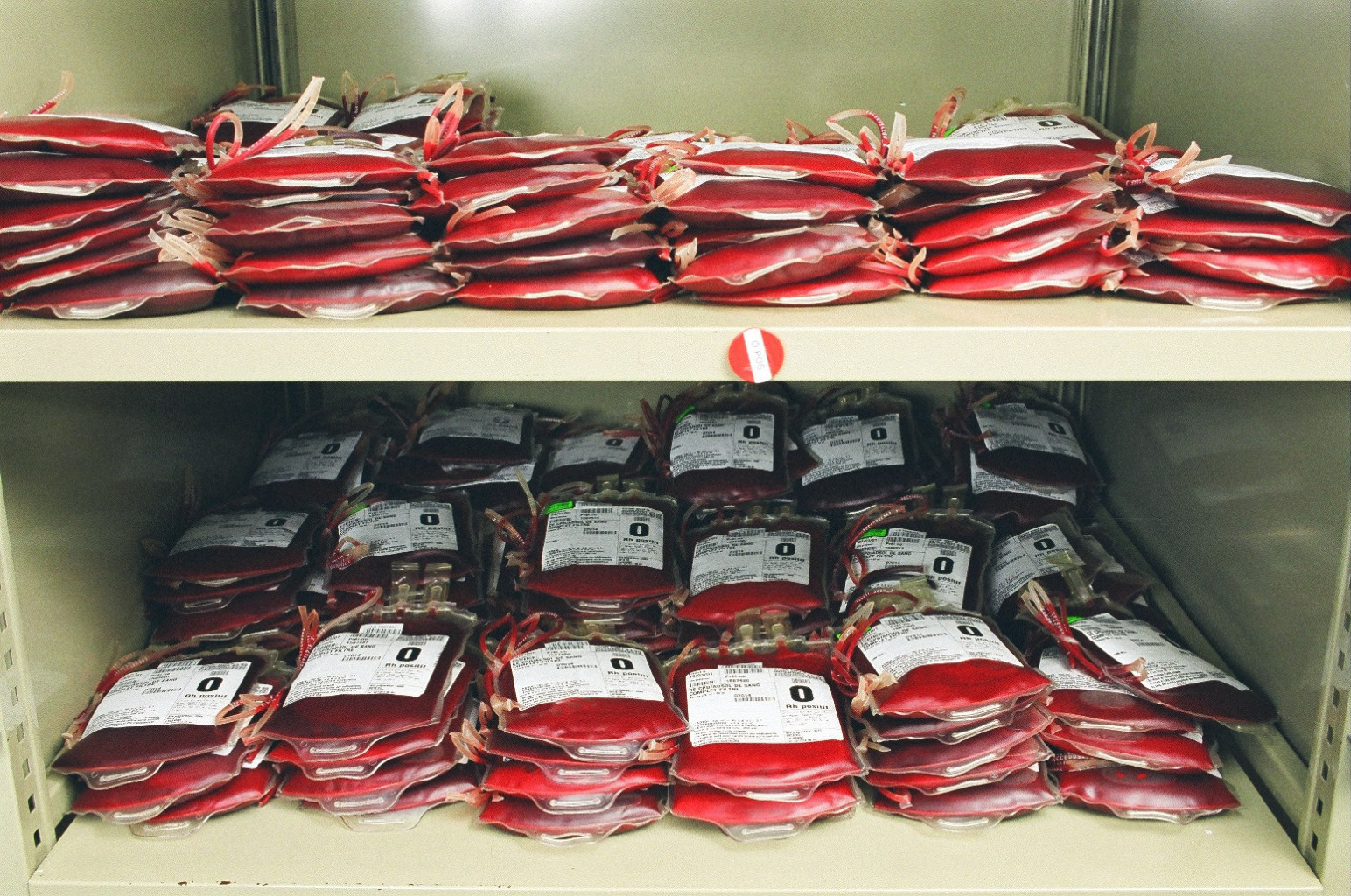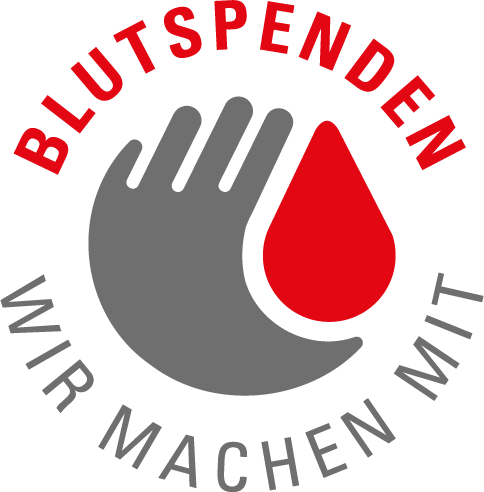Blood supply relatively stable
The supply of blood products in Switzerland was largely stable throughout the year, despite some fluctuations.
The blood product needs of the population in Switzerland could be met at all times in 2023 – it was possible to balance out regional shortages. The level of effort required to procure sufficient amounts of donated blood at the proper time has increased continually over recent years. This is reflected in the increasing numbers of mobile blood drives and the decrease in the number of blood donations collected per drive over the same period.


